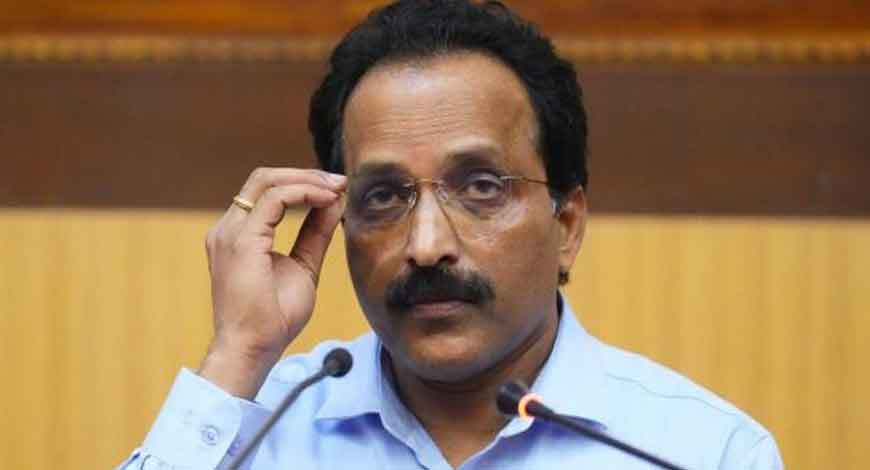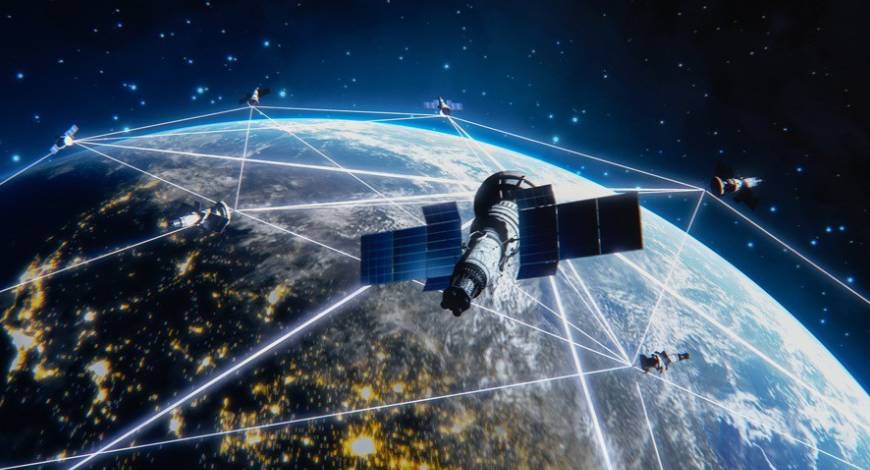India’s mushrooming artificial intelligence-focused startups are attracting a lot of buzz, but a lack of innovation and groundbreaking research means the country is way behind the US and China in the tussle for AI supremacy.
This is a result of what the industry calls ‘secondary’ innovation—technologies that cannot be patented globally to influence global economics in the long run. Spending on foundational engineering, research and development (ER&D) work in AI is minuscule, at least five executives involved in AI-related work told Mint.
In November, the World Intellectual Property Organization (Wipo’s) annual report said that India was the sixth region in the world in terms of overall patent applications—behind China, the US, Japan, Korea and the European Union. However, the gap was stark—China filed 1.7 million patents through 2024, almost 3x more than the US, with 600,000 patents. India filed only 90,000 patents—5% of what China did.
The gap is even more evident in generative AI, the core battlefield in global technology right now. Last year, China filed over 38,000 patents in generative AI with Wipo, the global patent authority, ahead of the US with around 6,500 patents. India ranked sixth here too with 1,350 patents in generative AI—3.5% of China’s advancements, and around a fifth of the US.
Ashwini Vaishnaw, Union minister for electronics and IT, promised last month that “India’s first foundational AI model is still on track to be released by the end of this year”. Yet, the patent filings suggest a US-China war for AI supremacy threatens to leave India out of the league of nations that would influence global innovation and economy over the next decades.
Fund scarcity
Founders argue that much of this is due to the lack of large early-stage funds. US-based Essential AI, founded by Ashish Vaswani, the former Google Brain engineer who co-invented the transformer model that backs all generative AI applications, emerged from stealth in December 2023 with a $56.5-million series-A funding round.
Others that have raised large capital in the US over the past three years include Adept AI’s $65-million Series A funding round in April 2022, Cursor’s $60-million Series A in August and more. Each of these ventures is currently investing in building foundational technologies that, in the long run, would be patented and licensed to run AI applications and services around the world.
Executives leading global ventures agree that India is behind the curve in AI at the moment.
There is “definitely a lack of enough AI engineers working on core engineering in the field in India”, said Pranav Mistry, founder and chief executive ofTwo.ai. Mistry, former global chief of Samsung’s advanced research division, spoke withMinton the sidelines of a gathering in Bengaluru earlier this month.
“There is certainly a mindset difference between India and the US in terms of how ventures approach AI engineering in the two nations. In the end, being able to hold patents is what will give geographies access to geopolitical soft power over the years to come—and India should definitely focus on this field,” Mistry said.
Vaswani of Essential AI said, “There’s no reason for India to not build its own AI models—and there should be more ventures focused on doing it in and for India, within India.”
Developing vision
Investors argue that a lack of vision for the long run from founders is a key part of why core ER&D work is not being found among India’s AI startups.
“Any entity pitching for undertaking foundational AI engineering comes with a five-year road map, which is the equivalent of multiple decades in the modern-day AI world. It is absolutely true that India is still working on building on top of the engineering that US and other entities are undertaking—and work that could be licensed globally and impact industries holistically are still at a very limited stage in India,” said Pratip Mazumdar, co-founder and partner at early-stage venture capital firm, Inflexor Ventures.
But the lack of funds is also a key reality. In India, apart from Sarvam’s $41-million Series A funding round in December 2023, there have been no large early-stage investments in AI-focused startups. Noida-based Gan.ai and Bengaluru’s Gnani.ai, two startups that, alongside Sarvam, have been the first to be backed by the Centre’s $1.2-billion IndiaAI Mission, have raised $5.25 million and $4 million in funding so far, respectively.
Gurugram-based Soket AI Labs, the fourth of the first government-backed startups, has yet to raise a venture capital round and only has “around $3 million from angel investors” so far, according to its founder and chief executive, Abhishek Upperwal.
Government support
“This is why the government’s AI Mission reducing the cost of access to processors for training AI models is crucial, and we’re happy to offer equity to the government in exchange for the access,” Upperwal said.
Also read: The brain behind Generative AI has his sights set on India
“Venture capital investors in India have a limited appetite for investing in deep-tech R&D, which is crucial for AI startups to build a new foundational AI architecture that can be patented and licensed out for global usage in the long run—we’ve been trying to raise capital for the past two years, but to no avail,” he said.
The issue, policy experts said, goes beyond just the startups.
A startup “is only as able as the whole ecosystem—and no single entity can alone solve a fundamental issue in an entire industry”, said Rohit Kumar, founding partner of The Quantum Hub and a consultant in various government and public sector initiatives.
“Fundamentally, R&D in India is still not well-prioritized—budgets are too little, and institutions do not have the means that their US and China counterparts have to pursue fundamental innovation,” said Kumar. “Incubators in top engineering institutes are hampered by bureaucratic processes, which isn’t seen internationally—India is heavily shackled in these ways.”
In the long run, though, investors believe that a key balance between core innovation and nifty application development would be the right way forward. Vishesh Rajaram, managing partner at deep tech-focused venture capital firm Speciale Invest, said that while India is “a little behind the curve at the moment, we haven’t missed the bus in AI yet.”
“A lot of the foundational work is hard, and has multiple challenges to the tale—access to infrastructure is limited, and the kind of talent that can actually undertake work that would be foundational or be patented is also limited. As a result, there’s, of course, room for startups to catch up in terms of core engineering efforts, unlike how many refer to India having missed the opportunity to influence the global electronics and semiconductor industries,” Rajaram said.
Prayank Swaroop, partner at venture capital firm Accel, said for startups, “the real opportunity lies in purpose-built AI applications that solve specific problems at scale. We’re seeing Indian startups creating targeted solutions using existing foundational models as building blocks—this approach allows faster innovation cycles and can deliver significant value.”
Others, however, believe that more weight to fundamental innovation is the need of the hour for India. The Quantum Hub’s Kumar cited China’s technological progress as an example.
“The high-volume, low-margin secondary innovation markets also need to be captured. But, as China has proved, gains made in innovation at scale need to be reinvested into fundamental innovation,” he said. “China is a clear example of how that works, and we need to replicate this in India more efficiently.” LiveMint









